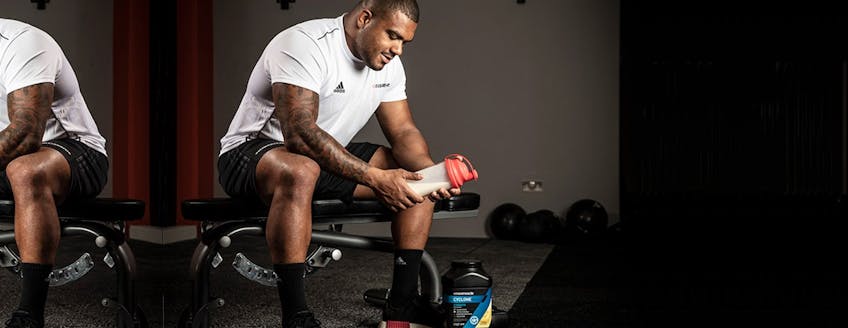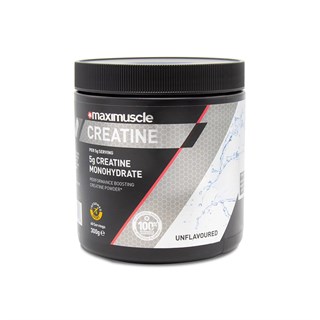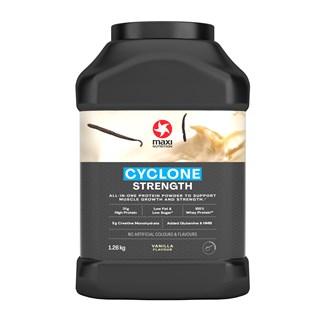What is Creatine?
Creatine is a non-essential dietary compound that is found naturally in foods like meat and fish. It is also produced in small quantities (1-2g) within the body (in your liver) and stored in your muscle cells, where it is used to power short bursts of high intensity muscle contraction. Approximately 95% of the total creatine is stored in the skeletal muscle. Creatine is naturally produced in the body by three amino acids: glycine, arginine and methionine. Creatine supplementation through food and dietary supplements can top up your muscles creatine stores and help prolong depletion.
There are several types of creatine, but the most commonly used is creatine monohydrate.
What is creatine monohydrate?
Creatine monohydrate is one of several kinds of creatine. Creatine monohydrate is either formed endogenously from amino acids, or sourced in the foods we eat. Although it is naturally produced in the body, creatine is not naturally stored in large amounts. This is why alongside high intensity training, creatine monohydrate supplements can be used so that your muscles can store a sufficient amount to support exercise performance, when 3g of creatine are consumed per day.
Creatine is generally supplemented as a powder mixed with a liquid, but you can also supplement creatine protein bars into your regime. Creatine powder can be mixed with a high sugar drink pre-workout.
What is creatine used for?
Supplementing creatine is recommended to those who perform high intensity exercise, such as sprinting or powerlifting, as they are anaerobic exercises which requires an alternative energy source to oxygen – this is when ATP comes into play. Your natural creatine stores are limited but supplementing creatine can boost stores and help prolong depletion.
















